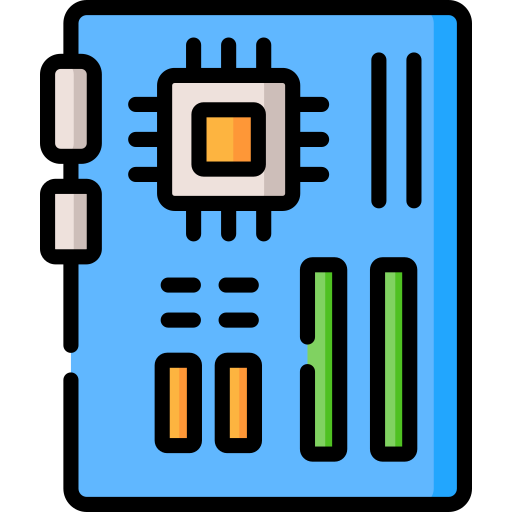| ru · en · de · es · it · pt · cz · pl · fr |
Send message |
+7-981-8529467 (St.Petersburg), |
t.me/os2_guru |

|
What is OS/2? ArcaOS? eComStation
OS/2 is a greatly different operating system for PC (ArcaOS, eComStation, IBM OS/2 Warp)
|
Buy eCoSoft
|

















